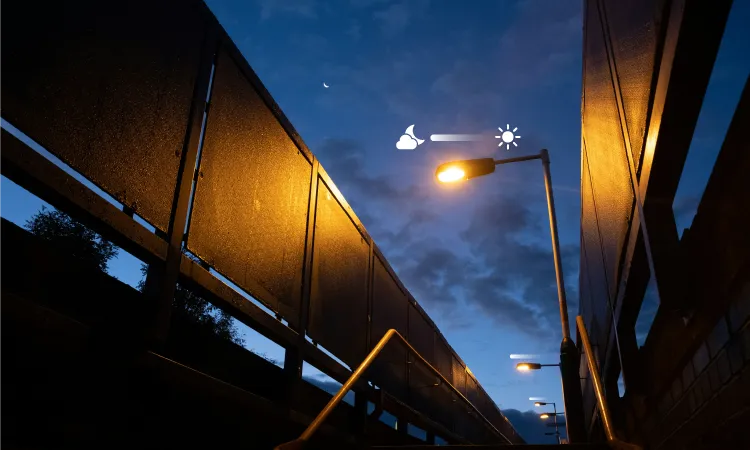Shedding New Light on Sustainability
The Impact of Photo Relays on Ecology and Modern Solutions
The humble photo relay, a staple in street lighting control technology, has seen cities through the twilight since its inception in the early 20th century. However, as environmental concerns take center stage in our modern world, it's become increasingly clear that these simple devices have a darker side. This article will explore the ecological ramifications of using photo relays in street lighting and suggest viable, eco-friendly solutions to mitigate these issues.

